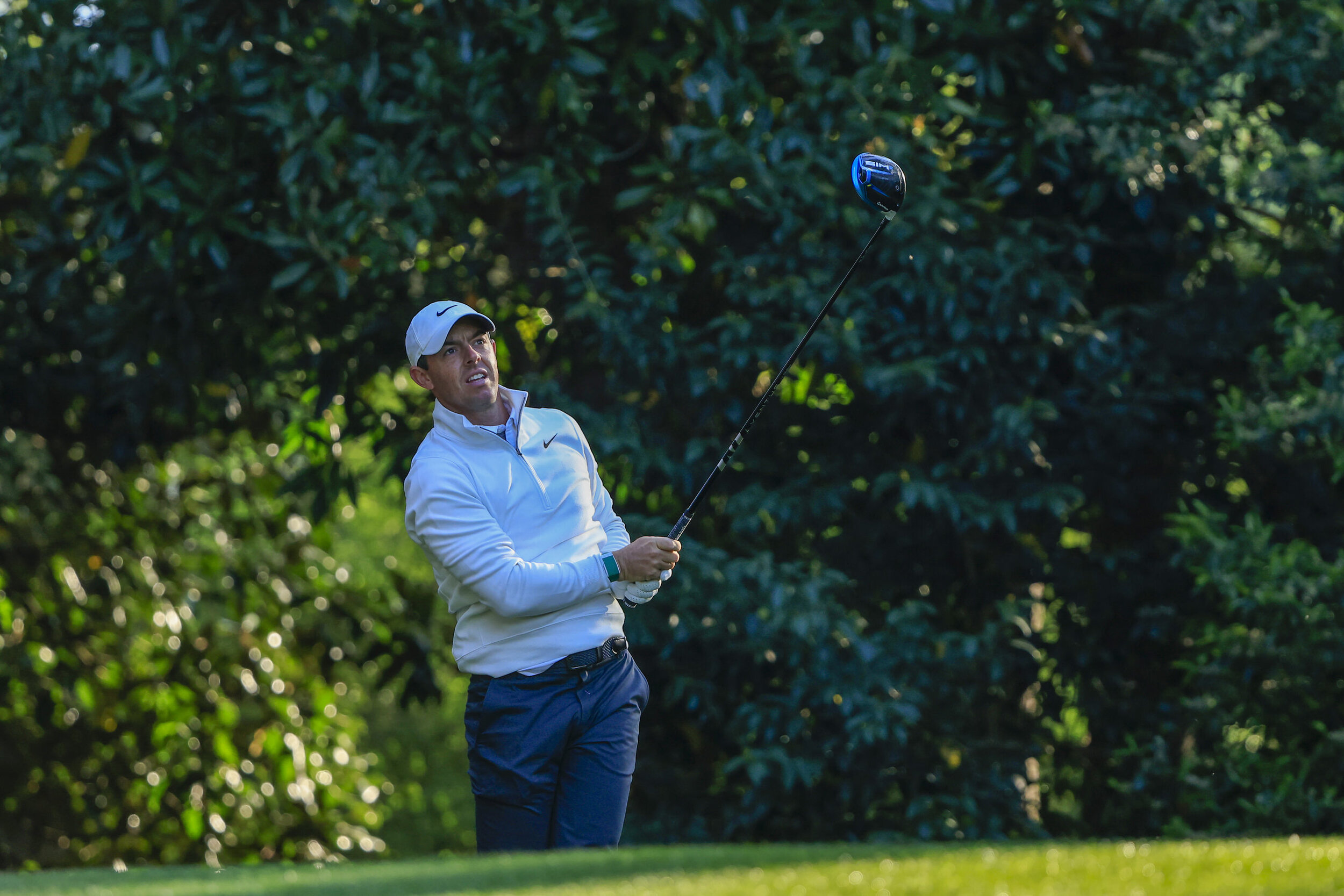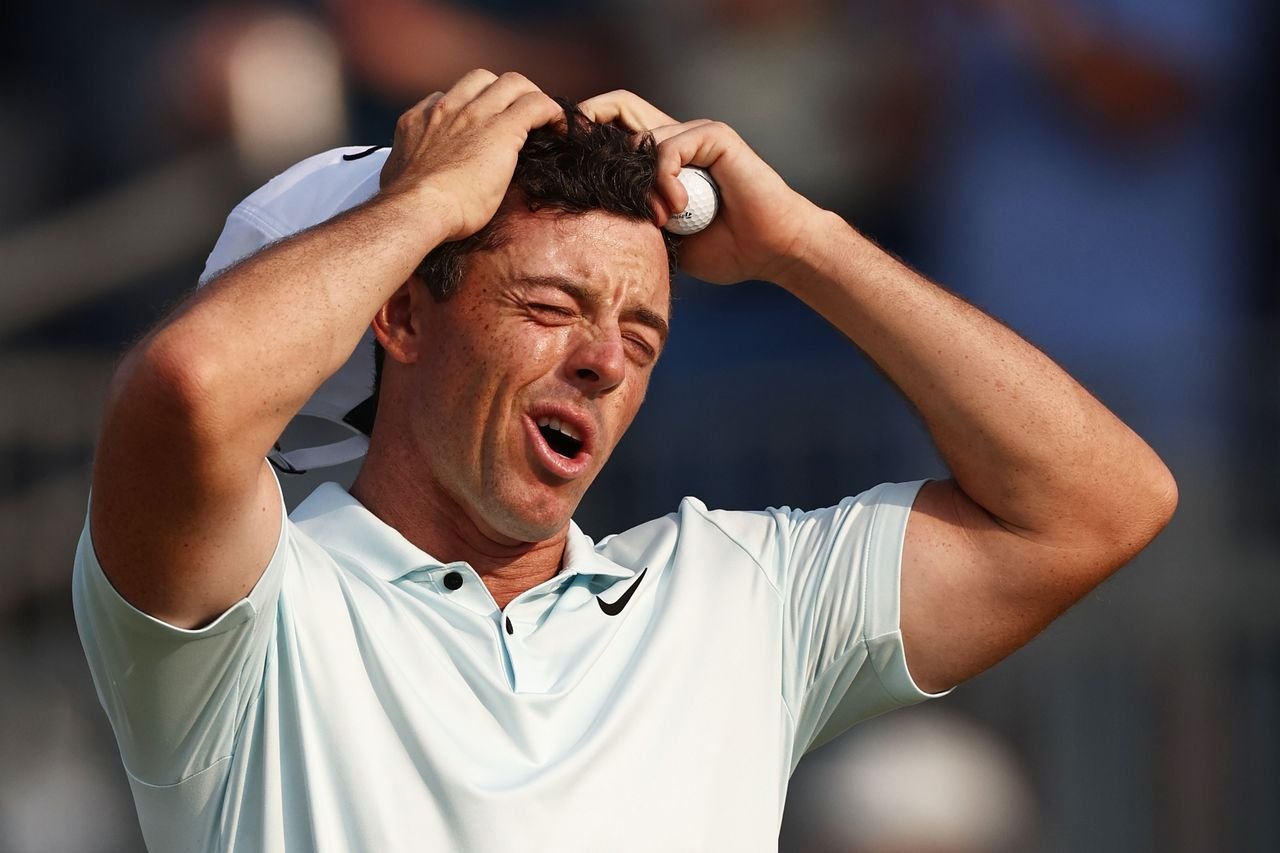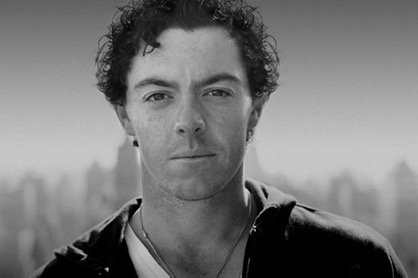Rory McIlroy’s Career Grand Slam: Immediate Impact and Long-Term Legacy

Rory McIlroy’s green jacket rewrote the story of Augusta. Relief first, then a reset. Now the question for Irish golf is simple. What would a successful defence in 2026 mean for his career today and for the game on this island in the years ahead?
Augusta has a way of magnifying everything. In McIlroy's case, it magnified the burden for years. In April 2025, it finally magnified the release as McIlroy joined the most exclusive club in the men’s game and completed the Career Grand Slam. That win altered far more than a line on his resume; it reframed the psychology of how he will arrive at Magnolia Lane in 2026. In short, he is no longer chasing ghosts but returning as a Masters champion with the freedom that comes from closing the loop.
Freedom changes everything
Prices already hint at what the market thinks of that freedom. With roughly seven months to go, McIlroy sits around 8/1 to defend his green jacket, and while those odds are just context rather than prophecy, they suggest a successful defence is well within reach. Yes, the elephant in the room is Scottie Scheffler at 7/2, but much will depend on form and momentum closer to the time. To that end, you can explore latest golf tips at MegaTipsList in the build-up to the 2026 Masters for regular form guides, insights and practical advice that track the changing narratives around the first major of the year.
All of that sets the stage for what really matters: how McIlroy approaches Augusta now that the weight of history has lifted.
The immediate impact at Augusta
The Grand Slam changes everything about McIlroy’s starting point at the Masters, as the ghosts of 2011 have been well and truly banished. What once felt like torment is now a reminder that he belongs at the very top of Augusta’s roll call. That tension on the back nine, the weight of knowing what was at stake, no longer sits on his shoulders in the same way. He returns as a man who has faced the noise, handled the pressure and walked away wearing the green jacket.
The fact is Augusta rewards players who marry power with control, and McIlroy’s best golf has always been built on that balance. When the driver is in sync, his length opens up scoring angles that few others can reach. Pair that with his high, soft irons and it’s easy to see why holes like 6, 9, 13 and 15 suit his eye so perfectly. When the putter heats up, he looks untouchable; when it doesn’t, his experience now allows him to manage the misses, trust his lag putting and avoid compounding errors.
The difference heading into 2026 is intent. For a decade, the Sunday target at Augusta was always just out of reach, almost a mirage that drifted further away the closer he got. In 2025, he proved he could play through the turbulence, steady the wheel and still close. That proof matters. History shows how few have defended at Augusta, which only heightens the challenge but also the opportunity. Only three men have ever managed it, with Jack Nicklaus in the mid-sixties, Nick Faldo at the turn of the nineties and Tiger Woods at the start of the new century. A second straight jacket would take his place in the Masters story from champion to legend, deepening his imprint on a course that has defined his career more than any other.
Legacy for Irish golf
The Grand Slam already belongs to the canon of Irish sport. It sits alongside Padraig Harrington’s Open wins, Shane Lowry’s triumph at Portrush and the quiet pride that surrounds the island’s great links. McIlroy’s breakthrough at Augusta is more than an individual achievement; it is a national moment that ripples far beyond the fairways of Augusta National.
For Irish juniors, it redefines what is possible. A young player grinding on the range at Holywood, Portmarnock or Lahinch no longer has to imagine greatness as something distant or abstract. It is tangible, made real by someone who walked the same practice greens, played the same junior opens and faced the same winter winds on Irish soil.
At club level, the impact is already visible. Practice greens are busier, short-game areas are filling up and committees are beginning to think differently about coaching and junior programmes. The glow of a Masters win is also fuelling investment in simulators that keep younger players active year-round, and expanded tee times are making it easier for newcomers to find their place in the game.
Tourism will take care of itself as Ireland’s courses are already fixtures on every serious golfer’s bucket list. The deeper legacy lies in participation. More juniors picking up the game, more women finding their way into weekend competitions and more late starters discovering their place in a fourball. That is the real inheritance of McIlroy’s Grand Slam; it is a lasting evolution in how Irish golf sees itself and what the next generation believes is possible.






